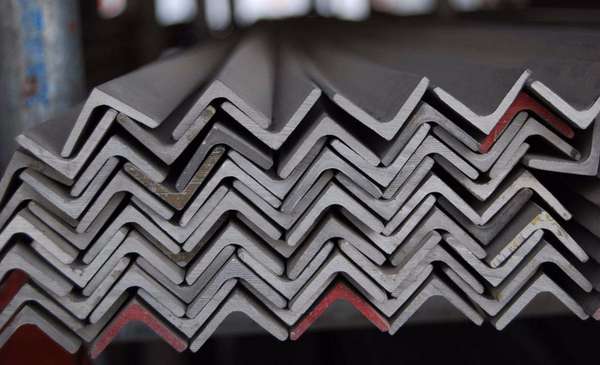-
 Call Now ! 0086-13390692151
Call Now ! 0086-13390692151 -
 Email Now sale@kfqizhongji.com
Email Now sale@kfqizhongji.com



Angle bar is structural quality, used in riveted, bolted, or welded construction of bridges and building, and for general structural purposes.
SS400 angle bar is structural quality, used in riveted, bolted, or welded construction of bridges and building, and for general structural purposes.
Different requirements for L type angel bar, which is provided for us where additional testing or additional restrictions, when angle steel is to be welded, a welding procedure suitable for the grades of steel and intended use or service is to be utilized.

Angle bar chemical requirements
Product | Angle bar | |||
Thickness(mm) | ≤20 | 20-40 | 40-100 | ≥100 |
Carbon, max, % | 0.26 | 0.27 | 0.28 | 0.29 |
Manganese, % | ... | 0.60-0.90 | 0.60-0.90 | 0.60-0.90 |
Phosphorus, max, % | 0.04 | 0.04 | 0.04 | 0.04 |
Sulfur, max, % | 0.05 | 0.05 | 0.05 | 0.05 |
Silicon, % | 0.40 max | 0.40 max | 0.40 max | 0.40 max |
Copper, min, % | 0.20 | 0.20 | 0.20 | 0.20 |
Angle bar tensile requirements
Angle bar | MPa |
Tensile strength, MPa | 400-550 |
Yield strength, MPa | 250, max |
Chinese steel angle is mainly by hot rolled, including SS400, A36, S235 and S355 grade. Mostly angle steel is formed by bending a single angle in a piece of steel, called “L” shaped. The legs of “L” can be equal or unequal in length, L type angle bar is used for various purposes in many industries, such as framing, or used for brackets, trim, reinforcements and others.